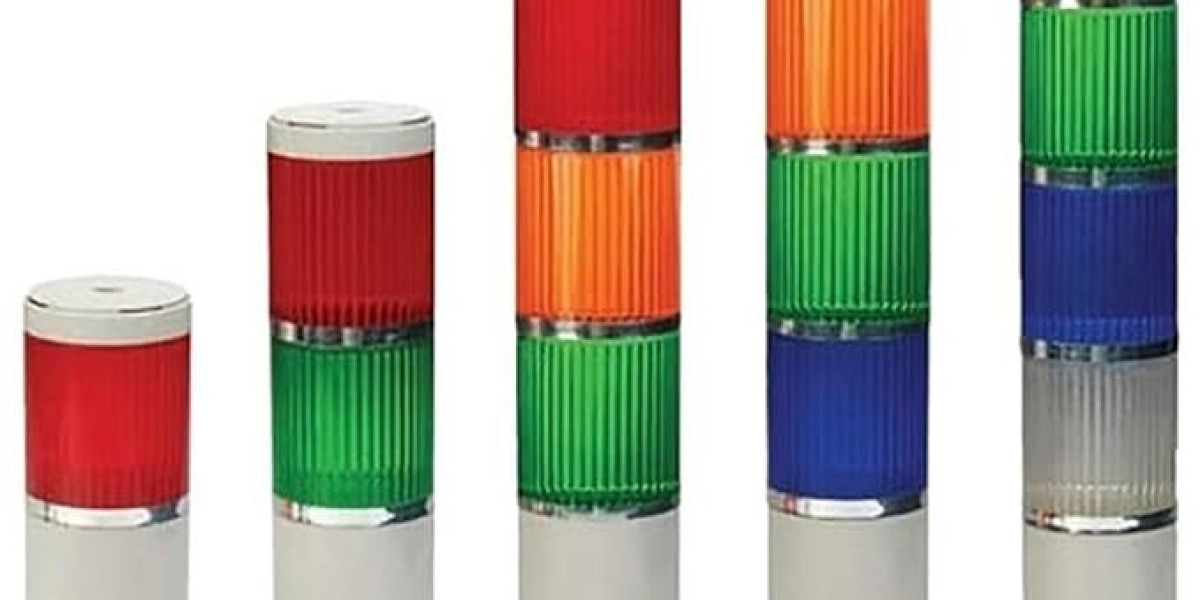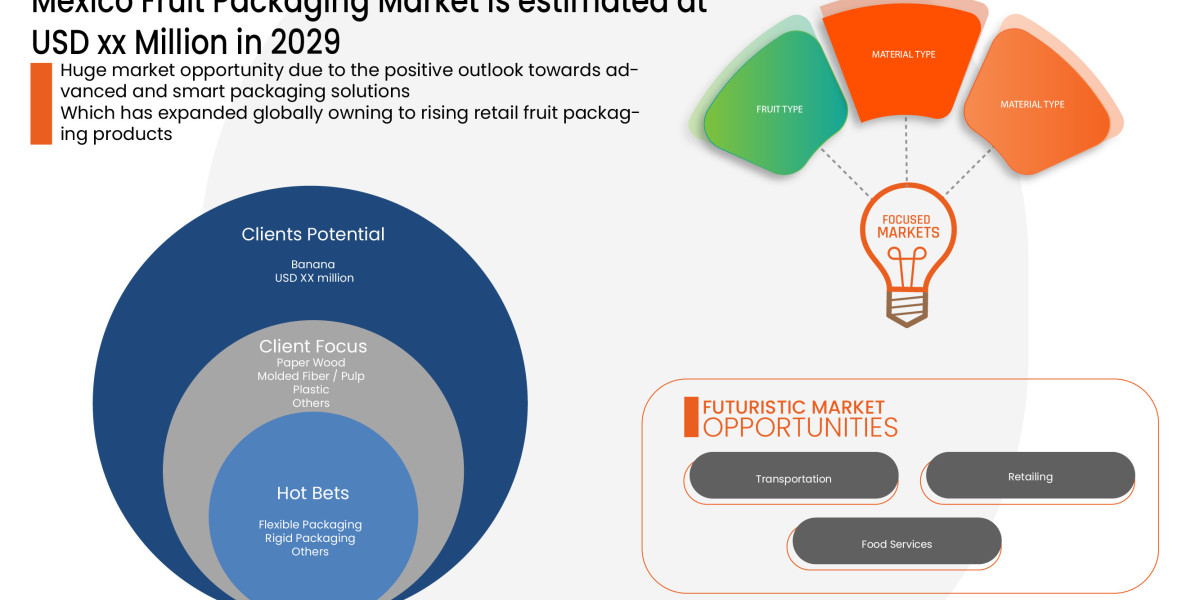Introduction
In today's fast-paced industrial landscape, efficiency and safety are paramount. To achieve these goals, industries rely on a variety of tools and technologies, one of which is stack lights. These versatile devices, also known as tower lights, pilot lights, or andon lights, play a crucial role in signaling, communication, and visual management within industrial settings. In this blog post, we will delve into the world of stack lights, exploring their importance, innovative applications, and future trends in industrial lighting solutions.
What is Stack Lights?
A stack light, also known as a pilot light or andon lights, is a type of signaling device commonly used in industrial settings. It consists of a vertical column with multiple colored lights stacked on top of each other. Each light can emit a different color, typically red, yellow, green, and blue, to convey various messages or signals.
Stack lights are designed to provide visual indications of the status of machinery, equipment, or processes. For example, they can signal whether a machine is running, if there is a problem or malfunction, or if a particular process has been completed. The use of different colors allows for easy recognition and interpretation of different states or conditions.
These lights are often mounted on machinery, equipment, or in prominent locations within a facility where they can be easily seen by operators and other personnel. They play a crucial role in improving communication, efficiency, and safety in industrial environments by providing clear and immediate visual alerts.
Benefits of Using Andon Lights in Industrial
Andon lights, a key component of lean manufacturing principles, offer several benefits to industries:
Real-Time Visual Communication: Andon lights provide instant visual cues about the status of operations on the shop floor. Different colors indicate different conditions, such as green for normal operation, yellow for caution or attention required, and red for stoppage or urgent issues. This allows workers to quickly identify problems and take appropriate actions, reducing response times and improving overall efficiency.
Quick Problem Identification: By illuminating when an abnormal situation occurs, Andon lights help workers quickly identify and address issues such as equipment malfunctions, material shortages, or quality defects. This proactive approach minimizes downtime and prevents the escalation of problems, ultimately leading to higher productivity and reduced waste.
Empowering Employees: Andon systems empower frontline workers to actively participate in the improvement of processes. When an issue arises, operators have the authority to trigger the Andon light to signal for assistance or halt production if necessary. This fosters a culture of continuous improvement and encourages employee engagement in problem-solving efforts.
Enhanced Accountability: With Andon lights prominently displaying the status of operations, accountability is increased at all levels of the organization. Managers and supervisors can easily monitor production progress and respond promptly to any disruptions. Additionally, the transparency provided by Andon systems promotes accountability among workers, as deviations from standard procedures are immediately visible to the entire team.
Data Collection and Analysis: Modern Andon systems often include features for data collection and analysis. By recording the frequency and duration of Andon activations, as well as the reasons for each occurrence, valuable insights can be gained into recurring issues and root causes. This data-driven approach enables informed decision-making and facilitates continuous improvement efforts aimed at optimizing processes and reducing inefficiencies.
Improved Safety: In addition to addressing production-related issues, Andon lights also serve as safety indicators in the workplace. By promptly signaling hazards or emergencies, such as machine malfunctions or spills, they help prevent accidents and ensure the well-being of employees.
Innovative Uses of Stack Lights in Industries
Innovative uses of stack lights in industries are continually expanding, driven by advancements in technology and the increasing demand for efficiency and safety. Here are some innovative applications:
Customized Signaling: Modern stack lights can be programmed to provide customized signaling based on specific needs. For example, in a manufacturing facility with multiple production lines, stack lights can be configured to indicate different types of alerts or statuses for each line, allowing for more tailored communication and streamlined operations.
Integration with IIoT: Stack lights are being integrated with Industrial Internet of Things (IIoT) platforms to enable real-time monitoring and control. By connecting stack lights to sensors and data networks, companies can remotely monitor equipment status, track production metrics, and receive alerts about potential issues, leading to improved predictive maintenance and overall operational efficiency.
Interactive Feedback Systems: Some stack lights now feature interactive feedback capabilities, allowing workers to provide input or acknowledge alerts directly through the lights. For example, a stack light may illuminate with a yellow signal to indicate a maintenance request, and the operator can press a button on the light to confirm receipt of the request, triggering further action in the system.
Safety Integration: Stack lights are increasingly being integrated with safety systems to enhance workplace safety. For instance, stack lights can be synchronized with motion sensors or emergency stop buttons to immediately signal hazardous situations or activate emergency protocols, such as shutting down machinery or evacuating personnel.
Augmented Reality (AR) Applications: In some advanced manufacturing environments, stack lights are being used in conjunction with augmented reality (AR) technology to provide augmented visualizations of equipment status or maintenance instructions. Workers wearing AR-enabled devices can see stack light signals overlaid on their field of view, along with additional contextual information, facilitating faster decision-making and troubleshooting.
Energy Efficiency Measures: With growing emphasis on sustainability and energy efficiency, stack lights are being designed with energy-saving features such as LED technology and adjustable brightness levels. Additionally, stack lights may incorporate motion sensors or ambient light sensors to dynamically adjust illumination levels based on environmental conditions, further reducing energy consumption without compromising visibility.
Remote Monitoring and Control: Stack lights equipped with wireless communication capabilities enable remote monitoring and control of industrial processes from anywhere with internet access. This allows supervisors or maintenance personnel to remotely activate or deactivate stack lights, monitor production status, and intervene as needed, providing greater flexibility and responsiveness in operations management.
Future Trends and Advancements in Stack Lights for Industries
Future trends and advancements in stack lights for industries are poised to revolutionize the way visual communication is handled in manufacturing and industrial settings. Here are some anticipated developments:
Smart Integration with Industry 4.0: As industries continue to embrace the principles of Industry 4.0, stack lights will become increasingly integrated with smart manufacturing systems. This integration will enable stack lights to communicate seamlessly with other equipment, sensors, and control systems, facilitating real-time data exchange and decision-making. Stack lights will play a pivotal role in the interconnected network of machines and processes, providing visual indicators that are synchronized with production data and predictive maintenance algorithms.
Artificial Intelligence (AI) and Predictive Analytics: Future Tower lights may incorporate AI algorithms and predictive analytics capabilities to anticipate and preemptively address issues before they escalate. By analyzing historical data, sensor inputs, and operational patterns, AI-powered stack lights can predict equipment failures, optimize production schedules, and dynamically adjust signaling patterns to optimize workflow efficiency. This proactive approach will help minimize downtime, reduce maintenance costs, and enhance overall productivity.
Augmented Reality (AR) Integration: AR technology will be integrated into stack lights to provide augmented visualizations and instructions directly within the operator's field of view. Workers equipped with AR-enabled devices, such as smart glasses or helmets, will receive real-time information overlaid on their surroundings, including stack light signals, maintenance procedures, and troubleshooting guidance. This hands-free approach to visual communication will improve efficiency, accuracy, and safety in industrial operations.
Enhanced Customization and Flexibility: Future stack lights will offer greater customization options to meet the diverse needs of different industries and applications. Manufacturers will be able to choose from a wide range of colors, patterns, and signaling modes to tailor stack lights to specific environments and requirements. Additionally, tower lights will become more modular and configurable, allowing for easy customization and reconfiguration as production processes evolve or expand.
Wireless Connectivity and Mobility: Wireless connectivity will become standard in future stack lights, enabling seamless communication and control without the need for wired connections. Mobile applications and cloud-based platforms will allow users to monitor and manage stack lights remotely from any internet-enabled device, providing greater flexibility and accessibility in industrial settings. This wireless connectivity will also facilitate easy integration with existing automation systems and IoT platforms.
- Energy Efficiency and Sustainability: Future stack lights will leverage energy-efficient technologies, such as LED lighting and low-power electronics, to minimize energy consumption and reduce environmental impact. Advanced power management features, such as automatic dimming and sleep modes, will further enhance energy efficiency without compromising visibility or functionality. Additionally, stack lights will be designed for durability and longevity, with rugged construction and maintenance-free operation to minimize waste and lifecycle costs.







